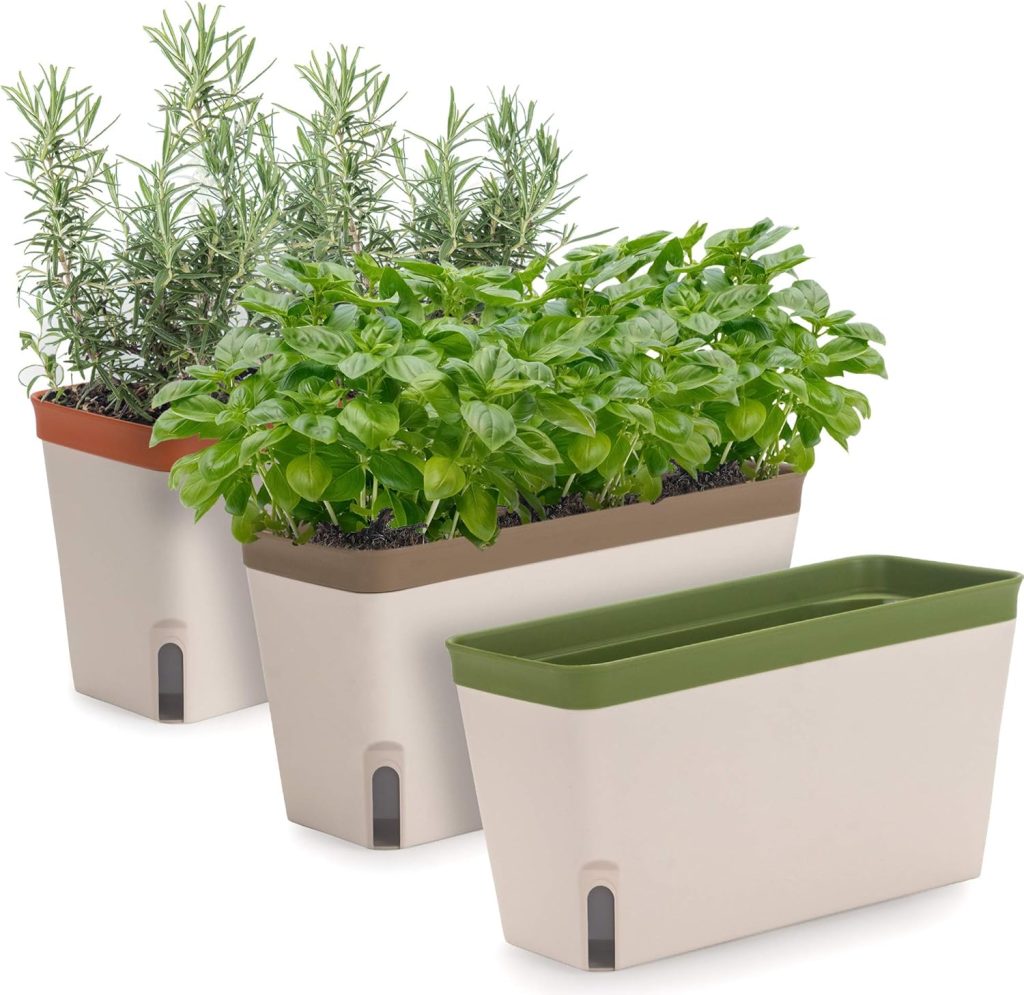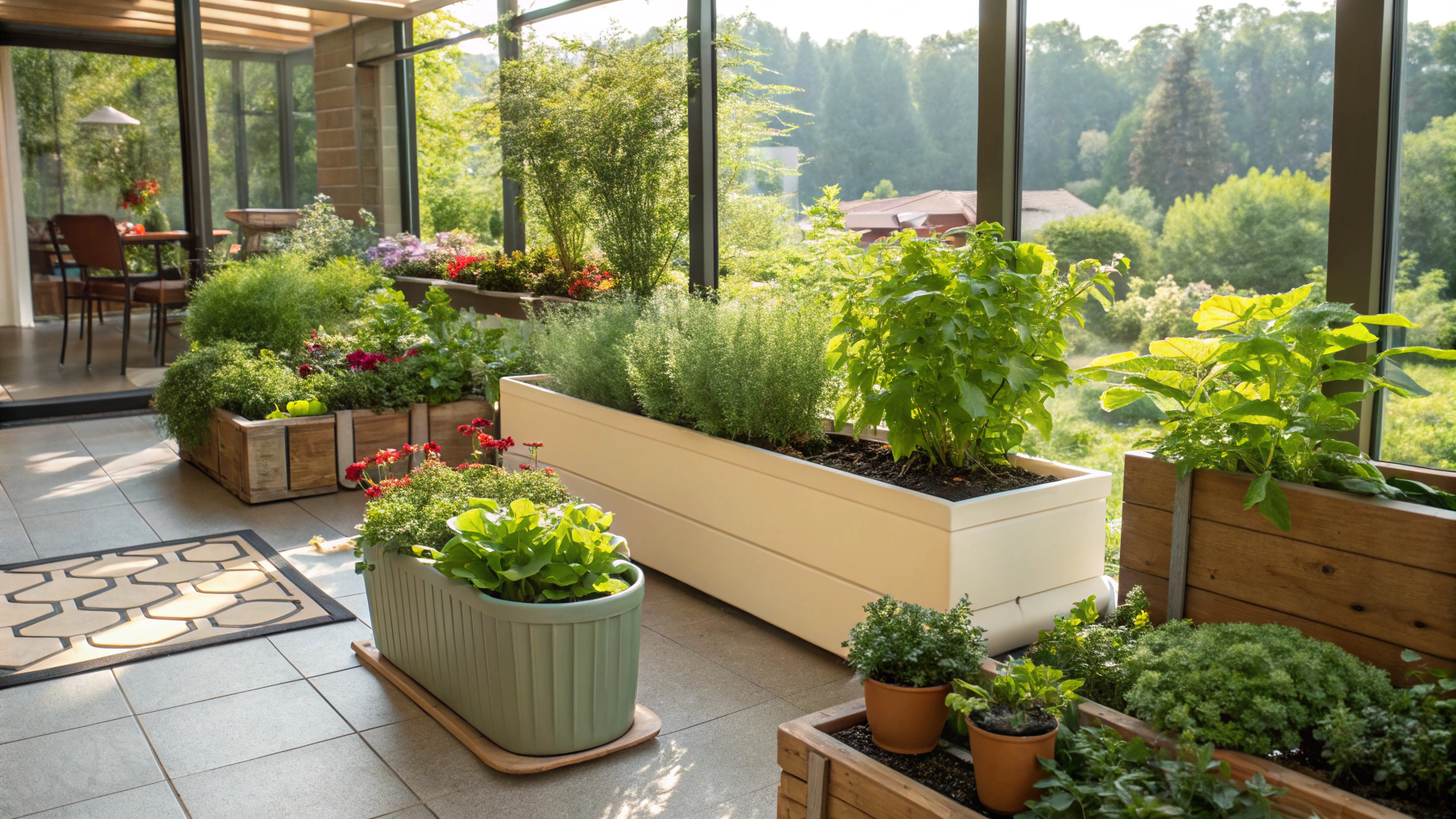Gardening can be a fulfilling and therapeutic hobby, but it often comes with the challenge of keeping your plants adequately watered. Whether you're a seasoned gardener or just starting, self-watering planters can be a game-changer.
These innovative containers ensure your plants receive the right amount of water, even when you're not around. In this article, we'll explore the benefits of self-watering planters and how they can solve common gardening problems.
The Problem: Inconsistent Watering
One of the most common issues gardeners face is inconsistent watering. Too much water can lead to root rot, while too little can cause plants to wilt and die.
Traditional watering methods often require daily attention, which can be challenging for busy individuals or those who travel frequently.
The Solution: Self-Watering Planters
Self-watering planters are designed to provide a consistent water supply to your plants. They feature a built-in reservoir that stores water and gradually releases it to the soil as needed.
This ensures your plants receive the right amount of moisture without the risk of overwatering or underwatering.
Benefits of Self-Watering Planters

- you don't need to worry about daily watering
- These planters are designed to minimize water waste.
- Your plants will thrive with the right amount of water, leading to more vibrant and productive gardens.
- Self-watering planters come in various sizes and styles, making them suitable for indoor and outdoor use.
- Convenience: With self-watering planters, you don't need to worry about daily watering. The reservoir can hold enough water to keep your plants hydrated for days or even weeks, depending on the size of the planter and the type of plant.
- Water Conservation: These planters are designed to minimize water waste. The water is delivered directly to the plant roots, reducing evaporation and runoff. This makes self-watering planters an eco-friendly choice for your garden.
- Healthier Plants: Consistent moisture levels promote healthier root systems and overall plant growth. Your plants will thrive with the right amount of water, leading to more vibrant and productive gardens.
- Versatility: Self-watering planters come in various sizes and styles, making them suitable for indoor and outdoor use. Whether you want to grow herbs on your kitchen windowsill or flowers on your patio, there's a self-watering planter for every need.
How to Use Self-Watering Planters
Using self-watering planters is simple. Follow these steps to get started:
- Fill the Reservoir: Add water to the reservoir according to the manufacturer's instructions. Some planters have a water level indicator to help you monitor the water level.
- Plant Your Garden: Place your plants in the planter and fill it with soil. Make sure the soil is in contact with the wicking system, which draws water from the reservoir to the roots.
- Monitor and Refill: Check the water level periodically and refill the reservoir as needed. Depending on the planter and plant type, you may need to refill it every few days to a few weeks.
Ready to transform your gardening experience? Try self-watering planters and enjoy the convenience of worry-free watering.
Click here to explore our top-rated self-watering planters and start your journey to a healthier, more vibrant garden today!
